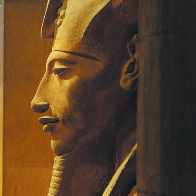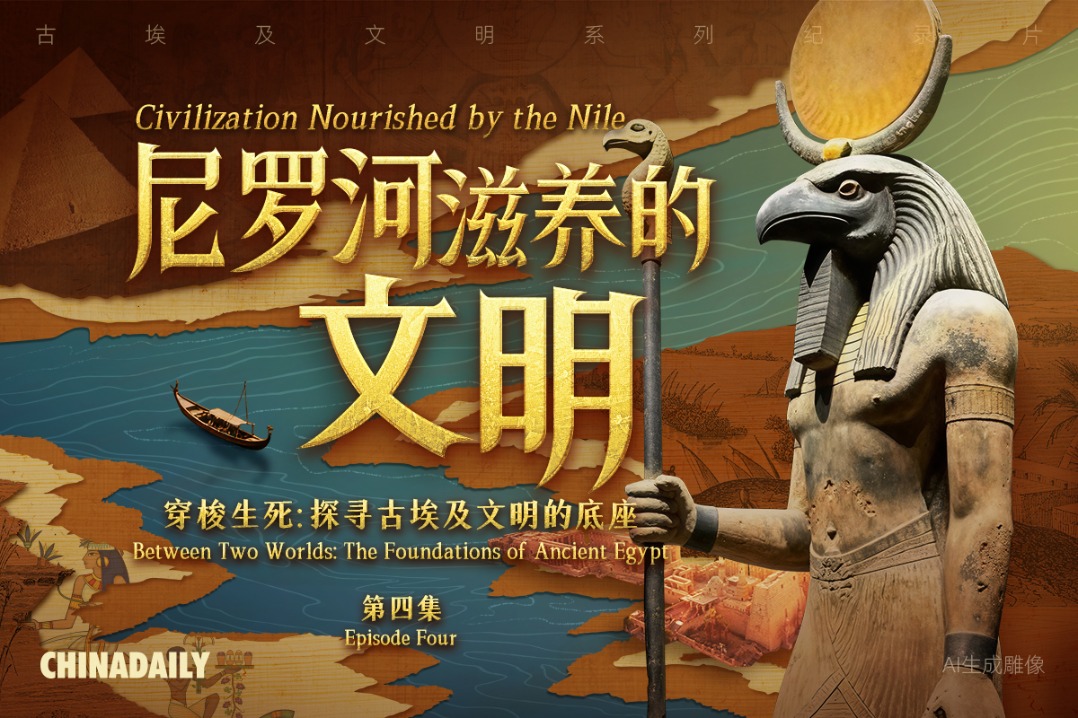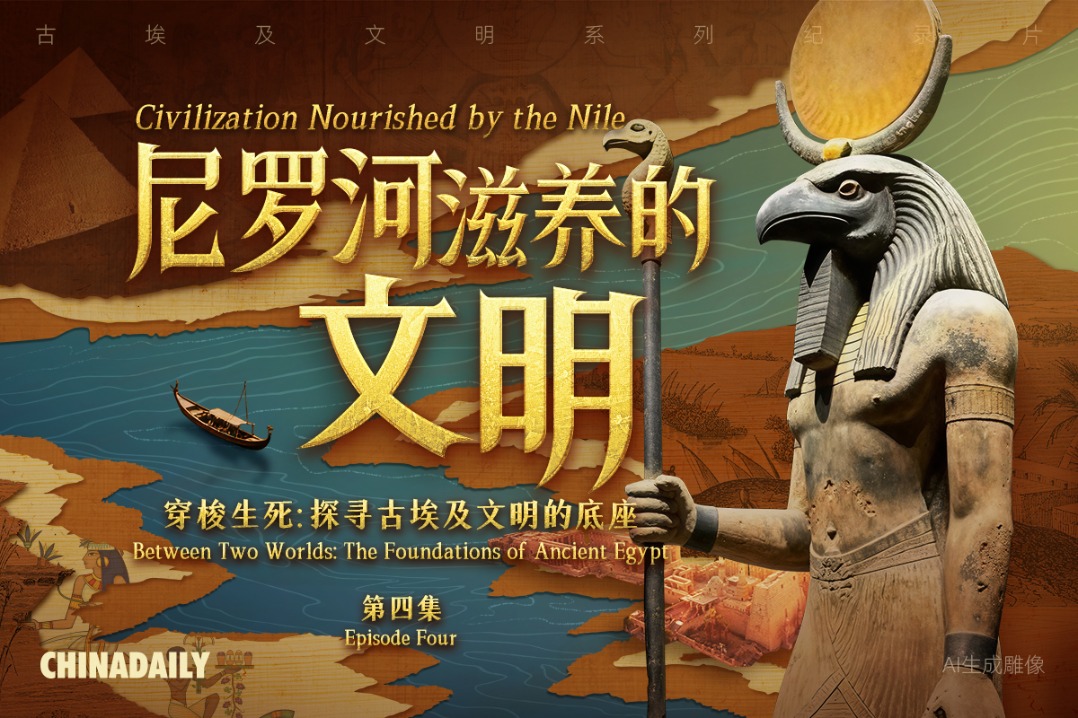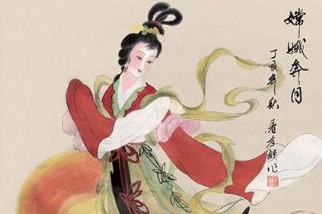Civilizations of the mind


One of the cultural icons of ancient Egyp: the temple of Abu Simbel (middle). CHINA DAILY
Today, at the United Nations Headquarters in New York, a replica of the ancient Egyptian-Hittite peace treaty, also referred to as the Treaty of Kadesh, is prominently on display. This treaty, concluded around 1259 BC between Pharaoh Ramesses II of Egypt and King Hattusili III of the Hittite Empire, is recognized as the earliest known surviving international peace agreement.
"The replica at the UN serves as a powerful symbol of diplomacy and the enduring human pursuit of peace, which both ancient Egypt and China treasured dearly," Xue says.
"One timeless lesson from ancient Egypt and China is that civilization is not built merely of stone or bronze, but of vision," he continues. "Each sought, in its own way, to understand life and death, power and justice, nature and the divine. They stand as reflections of humanity's earliest dreams. And just as the rivers that once nourished them still flow, so too do the ideas they gave rise to."
Contact the writer at zhaoxu@chinadaily.com.cn





































